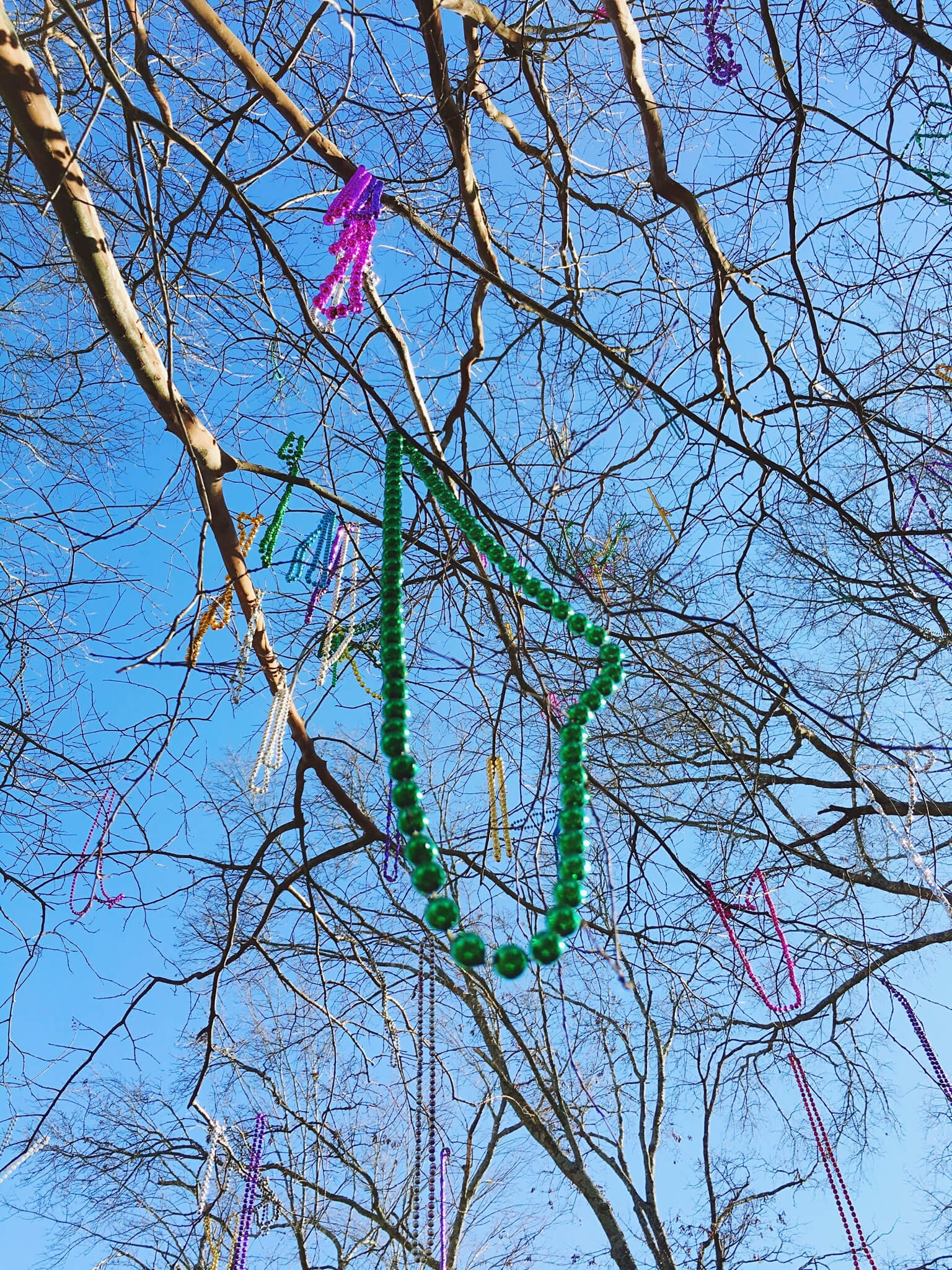We know, Mardi Gras is all about having a good time. In fact, it’s about having the best time. Sometimes, it seems New Orleans puts on a big party for everyone else, and locals can feel left out of our own show to pick up the trash left behind.
So, what does our ideal Mardi Gras look like? Can we host this glorious season in our city mean without having to pay the costs of pulling 46 tons of beads from the catch basins? How can all of us– parade-goers, businesses along parade routes and Krewes– be better stewards of our streets during Carnival season? How do we make sure to respect and preserve the legacies and traditions of culturebearers?
The Urban Conservatory on Thursday hopes to tackle some of those questions with the help of the community members who help make Mardi Gras happen every year.
The event is an opportunity for “parade goers and parade throwers” to come together to brainstorm everything from waste reduction along parade routes to locally made throws. Organizers hope attendees will leave inspired to start new Mardi Gras traditions that will make their Carnival experience even better, according to the conservatory’s site.
“At the root of it is respect,” Eness said. “Respecting those traditions in place. Even the waste reduction is about respect and dignity of our place and our traditions.”
The format for the forum starts with a large moderated panel discussion about the future of Mardi Gras before breaking up into smaller roundtable discussions. Panelists will include Jay Banks, District B Councilmember and a former Zulu king, noted historian Errol Laborde, Antoinette De Alteriis of St. Joan of Arc Society and the Costume Designers Guild and John Magill, noted author and Mardi Gras historian.
Roundtable discussions will include learning how sanitation, permitting and parade fees work; how krewes run and operate; how to tackle challenges facing our city’s culturebearers and crafting in the community.
When it comes to community crafting for Mardi Gras, the forum organizers plan to ask questions like: Can upcycling be scaled up to encompass the larger Mardi Gras experience? Are there local crafters and bead makers who can profit from being classified as a rare throw?
Another idea on the table is biodegradable or organic beads.
“It’s an alternative,” said Dana Eness, executive director of The Urban Conservancy. “Part of it is helping people understand how wide the variety is and what the possibilities are. They are great ideas, but just haven’t caught on yet.”
In the roundtable discussion entitled, “Off the Beaten Path,” the conversation will focus on the Baby Dolls, Social Aid and Pleasure Clubs, Mardi Gras Indians and the other culture-bearing groups that are the heart of local Mardi Gras traditions, but whose legacies are often left out of major conversations regarding Mardi Gras and its future in our city.







